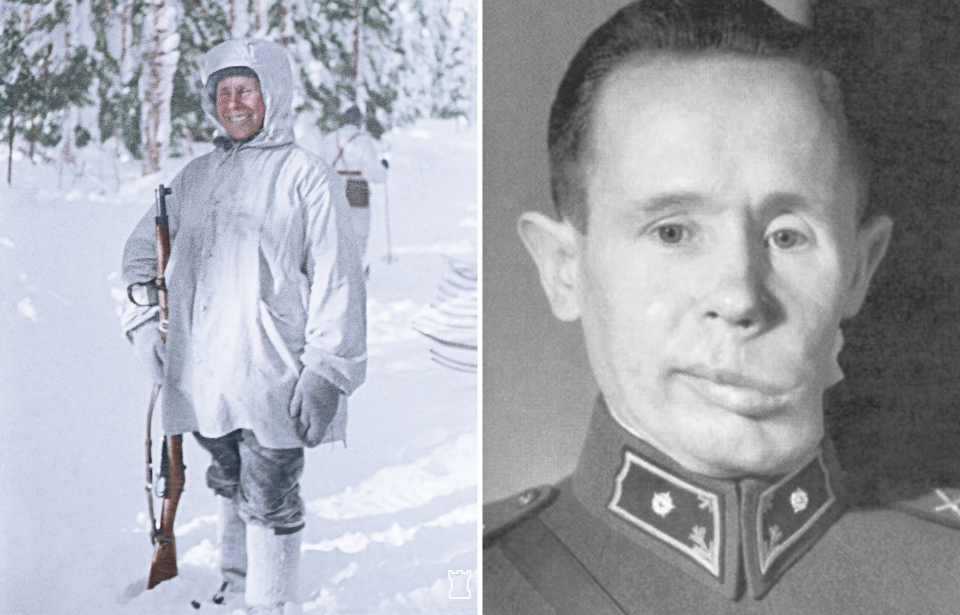The Winter War of 1939–1940 tested the Finnish Army against the overwhelming might of the Soviet Red Army. Despite ultimately ceding some border regions, Finnish forces fought with remarkable tenacity and skill. One of the most iconic figures to emerge from the conflict was Simo Häyhä, a sniper whose deadly accuracy became legendary. In just three months, he is credited with eliminating over 500 enemy soldiers, earning him the haunting moniker: The White Death.
Simo Häyhä’s early years in the Finnish Army
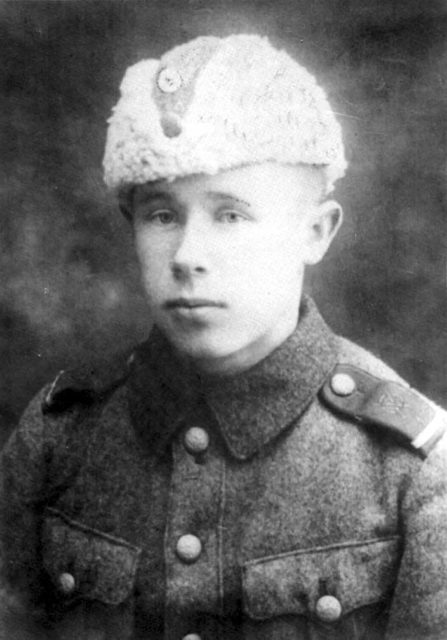
Prior to the start of World War II, 17-year-old Simo Häyhä joined the Finnish militia. His skills with a firearm was noted at a young age, having been a hunter growing up. He also won numerous local marksmanship competitions. He didn’t, however, receive formal sniper training until 1938.
In 1925, Häyhä joined the Bicycle Battalion 2 as part of his 15-month compulsory military service. After attending Non-Commissioned Officer School, he joined Bicycle Battalion 1 as a conscript officer.
When the Soviet Union launched an illegal invasion of Finland on November 30, 1939, triggering the start of the Winter War, Finnish soldiers and everyday citizens leapt into action to defend their country. Aside from being an attack on the country’s sovereignty, the invasion violated the Treaty of Tartu, which the USSR and Finland had signed in 1920, following the Finnish Civil War.
The Finnish Civil War was a dramatic climax to an already tense situation, as they fought over whether to embrace their identity as a Scandinavian nation or side with the growing socialism movement in Russia. Unhappy with the results of discussions with Finland in the 1920s and ’30s, Russia chose to attack because it claimed that mistakes had been made when determining the Russian-Finnish border in 1917.
Simo Häyhä becomes known as “The White Death”
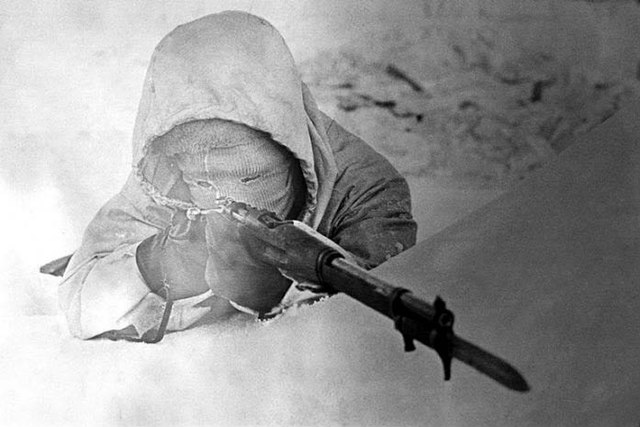
Simo Häyhä was part of a Finnish force numbering roughly 300,000–340,000 tasked with resisting a massive Soviet invasion that included between 425,000 and 760,000 soldiers. Clad in white camouflage, he and other snipers dug concealed positions in the snow, enduring temperatures that plummeted to −45°F while patiently waiting for enemy movement.
Serving in the 6th Company of Infantry Regiment 34 under Lt. Aarne Juutilainen, Häyhä devised inventive methods to survive and remain hidden in the unforgiving cold. Layered clothing kept him insulated, and he stashed bread and sugar in his pockets to sustain his energy. Before dawn, he would crawl into his chosen position and remain perfectly still until nightfall. To avoid giving away his location with his breath, he cleverly held snow in his mouth, a subtle tactic that enhanced his concealment.
Häyhä relied primarily on a SAKO M/28-30, a Finnish adaptation of the Mosin-Nagant rifle he knew well from his Civil Guard days, though he was also trained on the Suomi KP/-31 submachine gun. Renowned for his uncanny ability to estimate distances—accurate within one meter at ranges up to 150 meters—he became one of history’s most lethal snipers. In just 100 days, he is believed to have killed over 500 Soviet soldiers, a figure confirmed by both his own reports and accounts from fellow Finnish marksmen.
Häyhä’s near-phantom presence on the battlefield and his extraordinary lethality earned him the chilling nickname “The White Death,” transforming him into a potent symbol of Finnish resistance and wartime propaganda.
Left for dead, but still alive
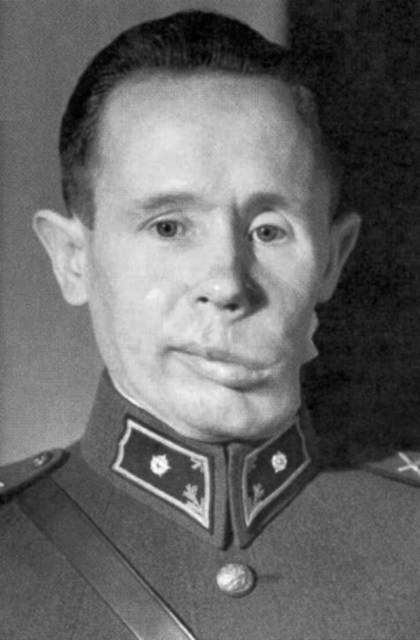
On March 6, 1940, Simo Häyhä was shot in the jaw by a Red Army soldier. Thinking the sniper was dead, he was placed on a pile of bodies until a fellow soldier noticed his leg twitching. Häyhä was alive, but badly wounded and unconscious. The bullet had destroyed his upper jaw, lower jaw and his left cheek.
Several days later, Häyhä awoke in a hospital bed and read a newspaper article that announced his own death, “news” the Soviets had spread as proof of their victory. That same day, peace was declared between Finland and Russia, and the Moscow Peace Treaty was signed.
Simo Häyhä’s later life and legacy
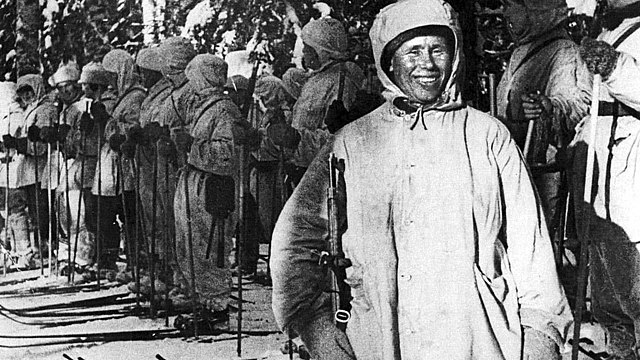
After a grueling 14 months in the hospital, during which he underwent 26 surgeries, Simo Häyhä returned home. He’d wished to fight in the Continuation War, but was excused due to his injuries. He was given a farm in southeast Finland, where he bred dogs and hunted moose. He struggled to come to terms with his role, even receiving death threats from his own people. Häyhä never married or had any children.
Despite his notoriety, Häyhä never boasted about his wartime accomplishments. During a 2001 interview, he was asked if he felt remorse over his actions during the war. He replied, “I did what I was told to do, as well as I could. There would be no Finland unless everyone else had done the same.” He died on April 1, 2002, at the age of 96.
More from us: Tensions Between American and Australian Troops Led to the Battle of Brisbane
Häyhä was honored with the First and Second class Medals of Liberty, as well as the Third and Fourth class Crosses of Liberty. He donated his SAKO M/28-30 honorary rifle, which was a gift from a wealthy Swedish businessman, to the Karelia Jaeger Battalion’s Heritage Room, after which it was transferred to the Finnish Military Museum. In 2017, his long-hidden memoir, titled Sotamuistoja, was discovered.
